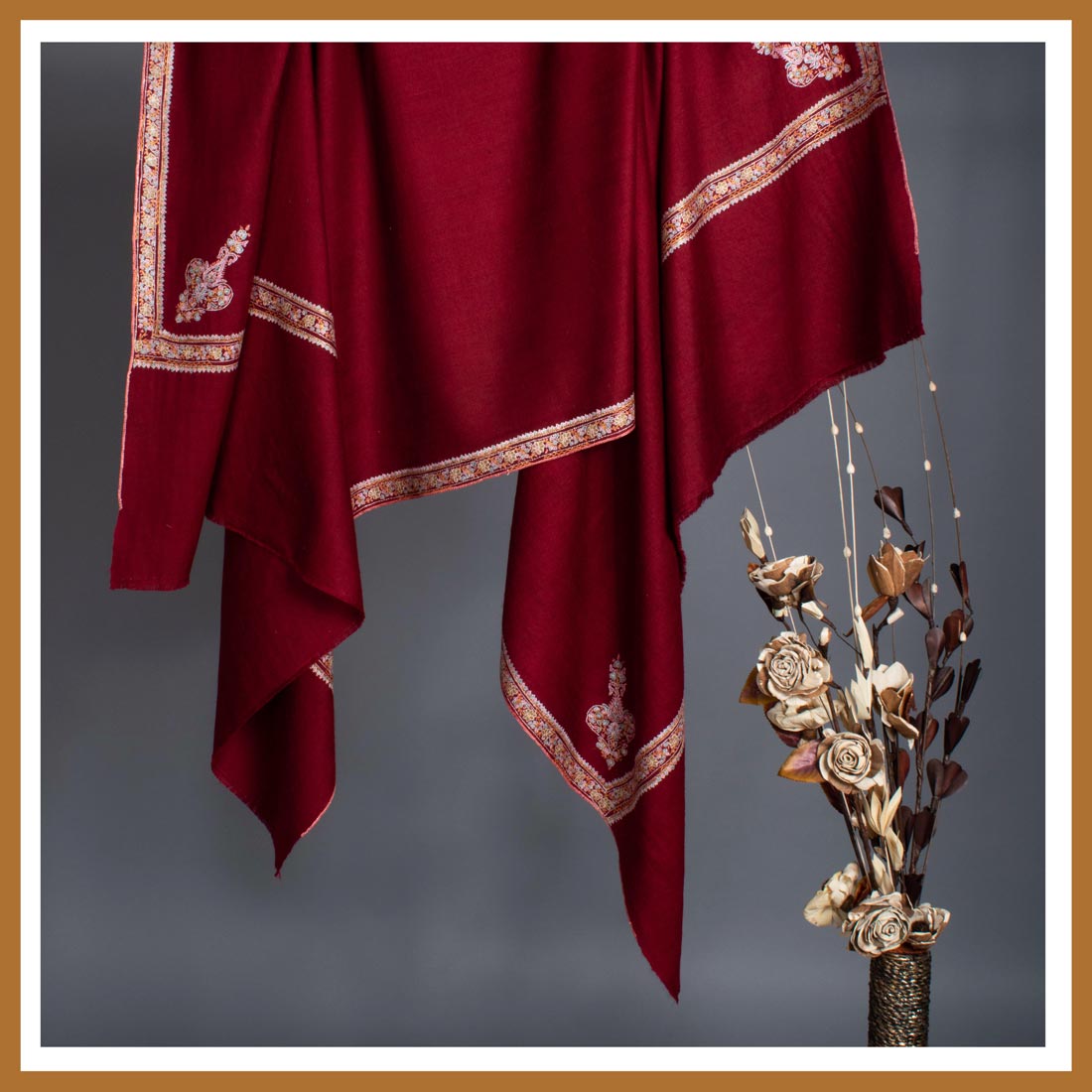
The Controversy Surrounding the Banning of Pashmina
Pashmina, a luxurious fabric known for its warmth, and intricate craftsmanship, has captivated the world for centuries. Originating from the Himalayan region, this exquisite woolen textile holds a special place in the hearts of fashion enthusiasts and connoisseurs. However, in recent years, rumors and misinformation have circulated regarding a supposed ban on pashmina.
The History and Beauty of Pashmina.
Pashmina, often referred to as "cashmere," comes from the fine undercoat of the Changthangi goat, a breed indigenous to the high-altitude regions of the Himalayas. The wool is meticulously hand-spun and woven into intricate patterns, producing scarves, shawls, and other accessories that are cherished worldwide for their softness, warmth, and luxurious feel.
For centuries, pashmina has been a symbol of elegance and high craftsmanship. The art of weaving pashmina has been passed down through generations, and the unique textile has become an essential part of the cultural heritage of Kashmir, Nepal, and other Himalayan regions.
The Misconception of a Pashmina Ban.
The notion of a pashmina ban has arisen from a misinterpretation of a regional trade restriction. In the past, there were attempts to regulate the use of the term "pashmina" to ensure its authenticity. These efforts aimed to protect consumers from mislabeled or counterfeit products claiming to be genuine pashmina.
The concern was primarily related to the labeling and marketing of products rather than an outright ban on pashmina itself. The intention was to distinguish between authentic pashmina, made from the wool of the Changthangi goat, and other wool blends or imitations that lacked the same quality and craftsmanship.
The Truth Unveiled: Pashmina's Legality.
Contrary to the rumors, pashmina is not banned. The regulation surrounding pashmina mainly focuses on labeling and certification to safeguard the authenticity of genuine pashmina products. This ensures that consumers can make informed decisions and purchase high-quality, ethically sourced items.
Various countries, including India have established standards and certification processes to authenticate pashmina products. These certifications verify the origin of the wool, the manufacturing process, and the quality of the final product. By adhering to these standards, manufacturers and exporters ensure that their pashmina products are genuine and meet the expectations of consumers.
Conclusion
Pashmina, the exquisite woolen textile originating from the Himalayas, has faced rumors of being banned in recent years. However, these claims are based on misconceptions and misinterpretations of regional trade regulations. Pashmina itself is not banned but is subject to labeling and certification requirements to ensure the authenticity of products.
As consumers, it is essential to be aware of these regulations and purchase pashmina from trusted sources that provide transparent information and adhere to the established certification processes. By doing so, we can continue to appreciate the beauty and craftsmanship of pashmina while supporting the preservation of this ancient art form.
Let us celebrate the timeless allure of pashmina and embrace its warmth and elegance, knowing that its status remains intact and its legacy endures for generations to come.




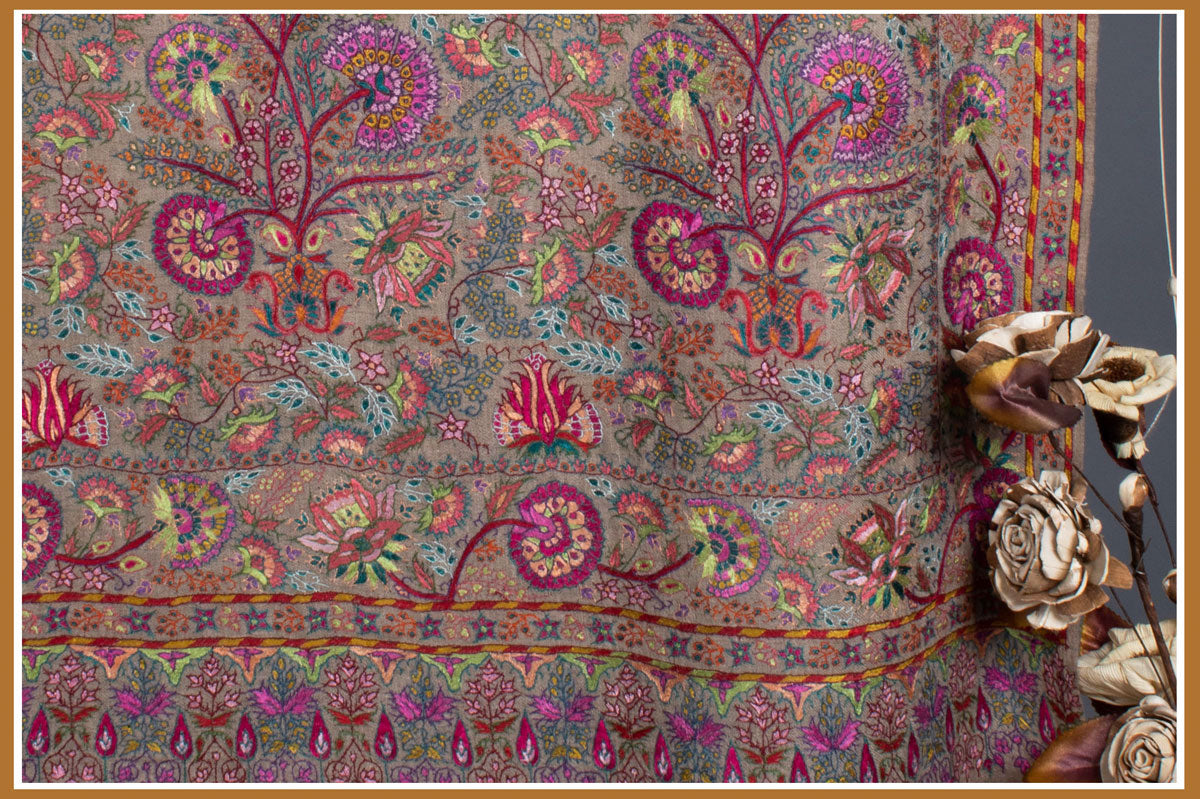
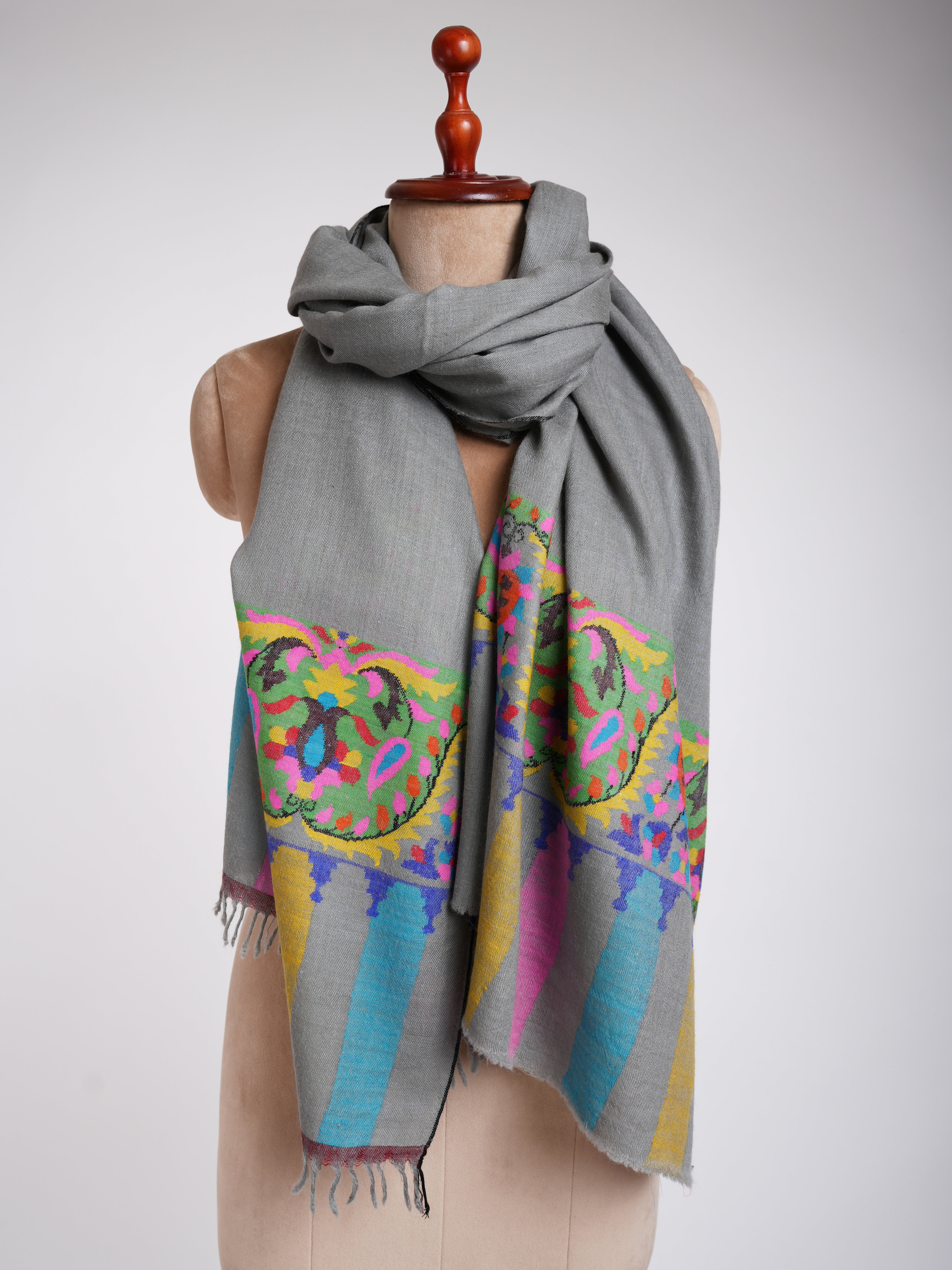
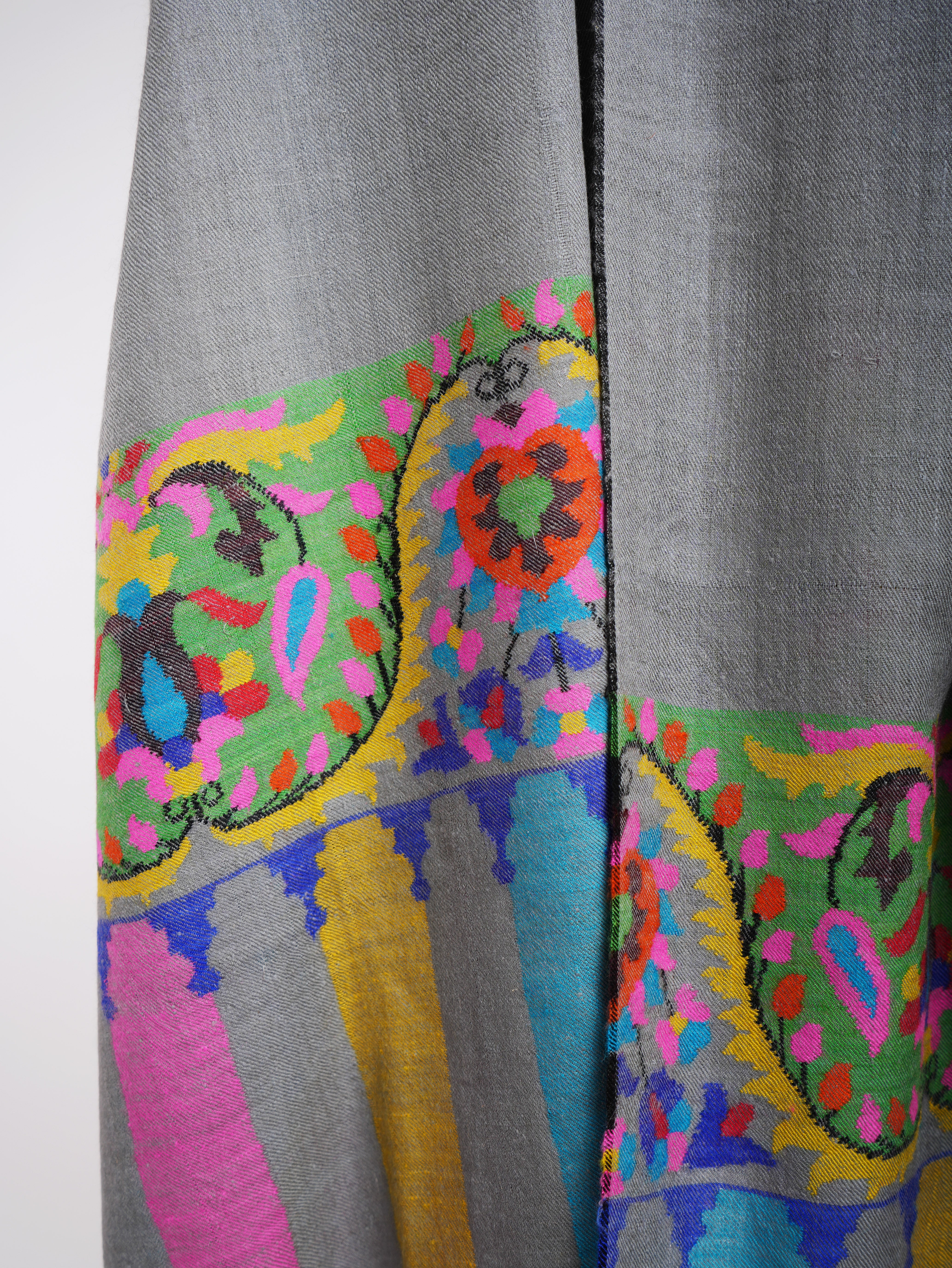

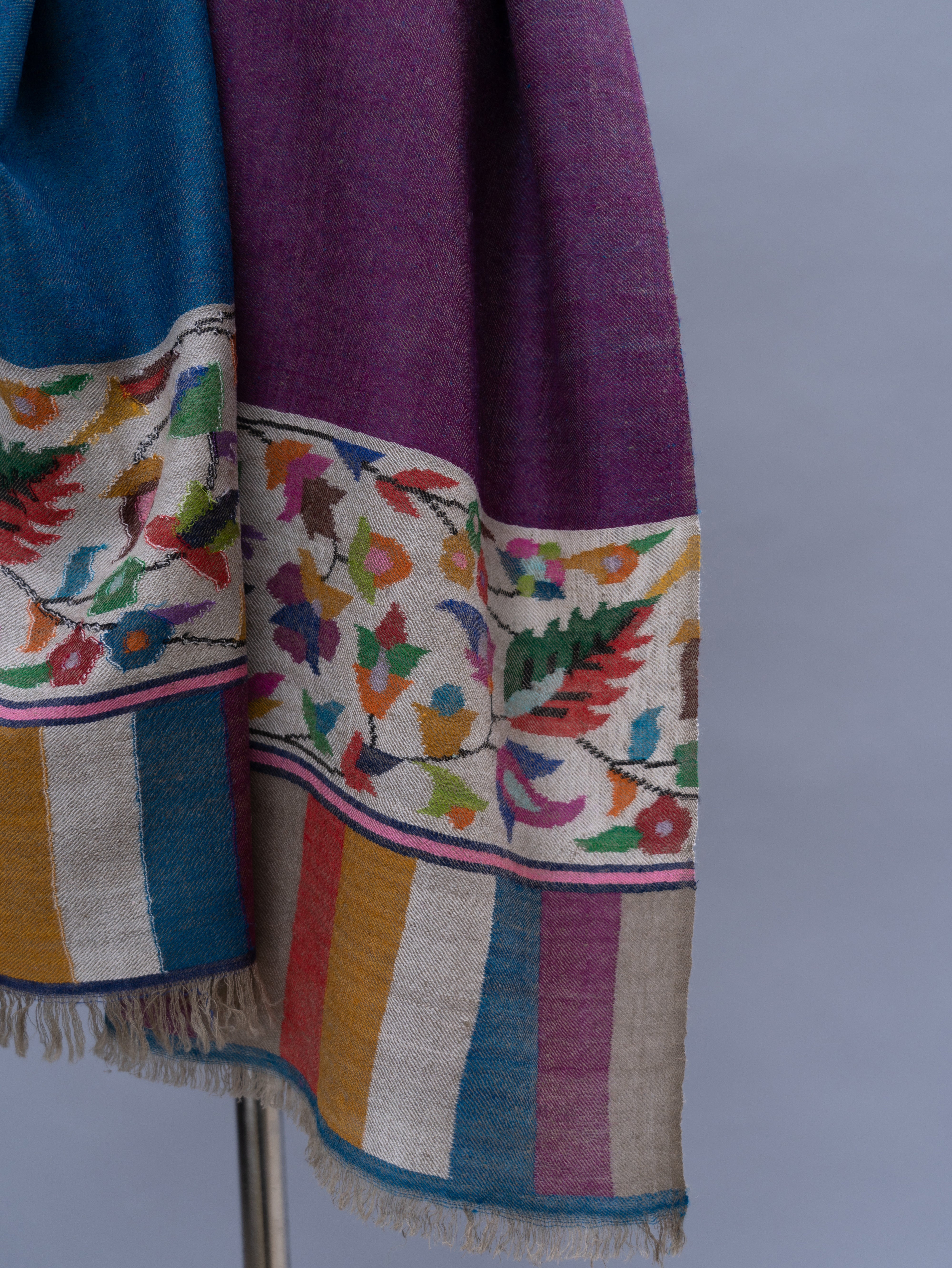
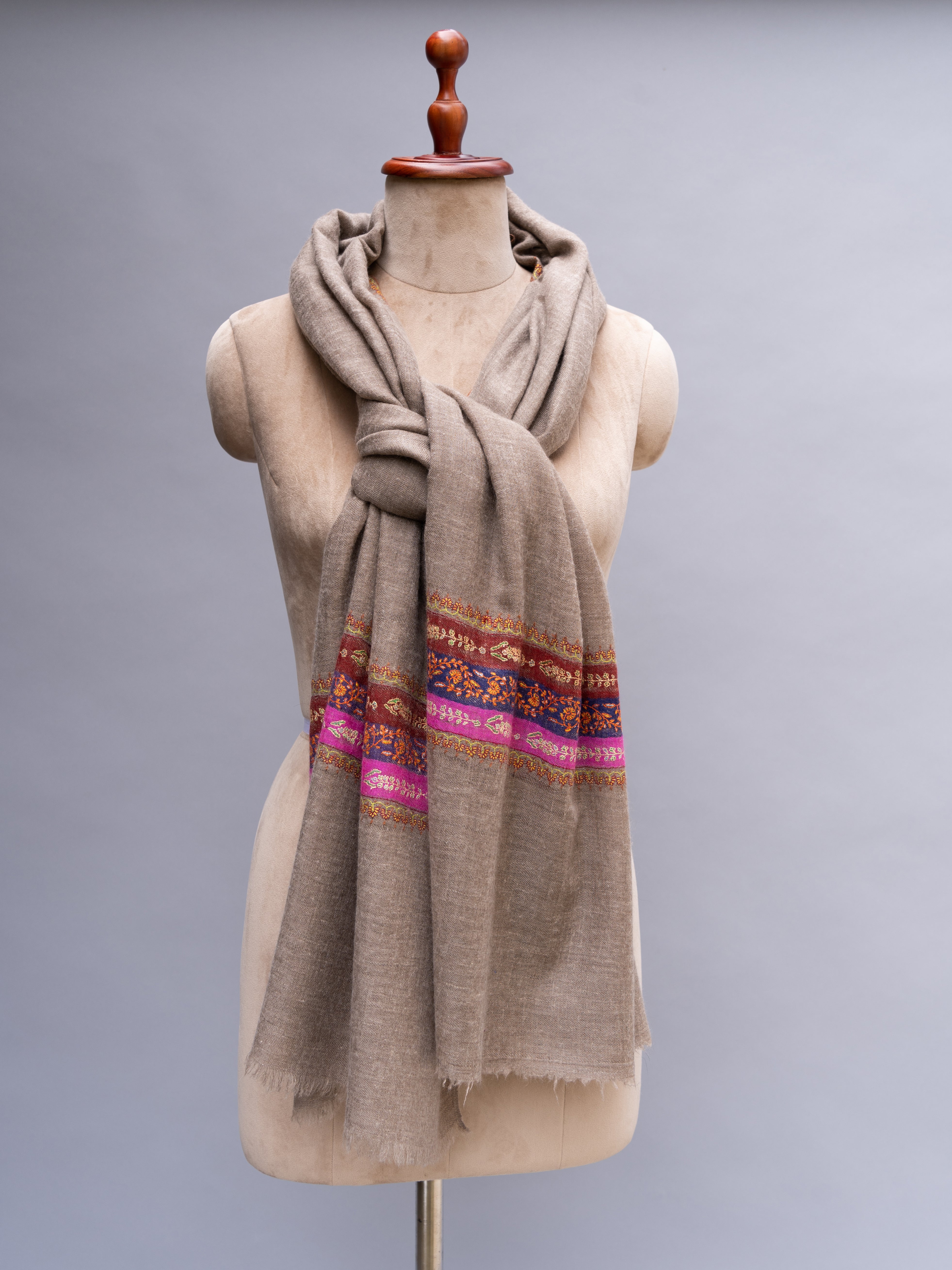

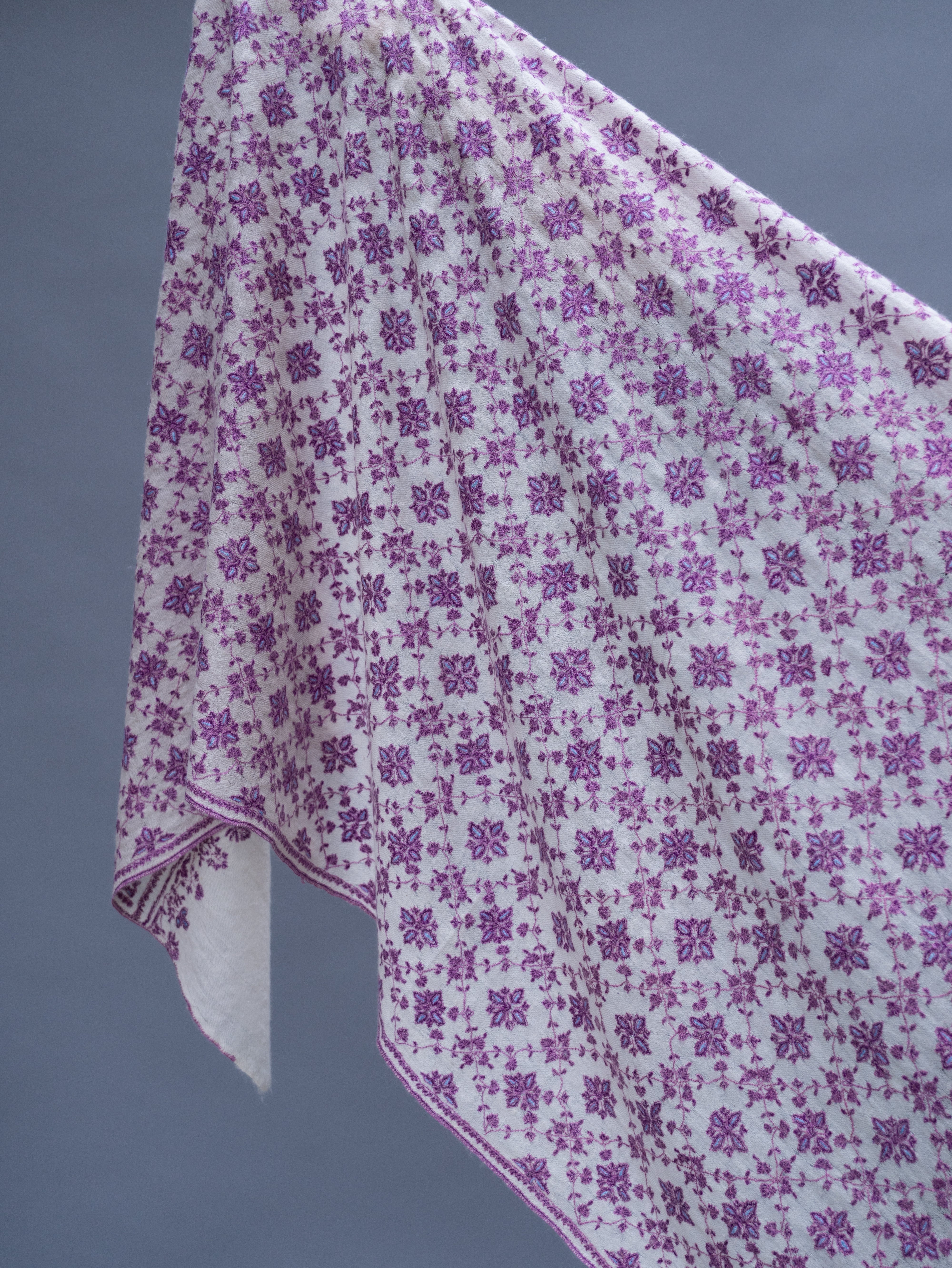

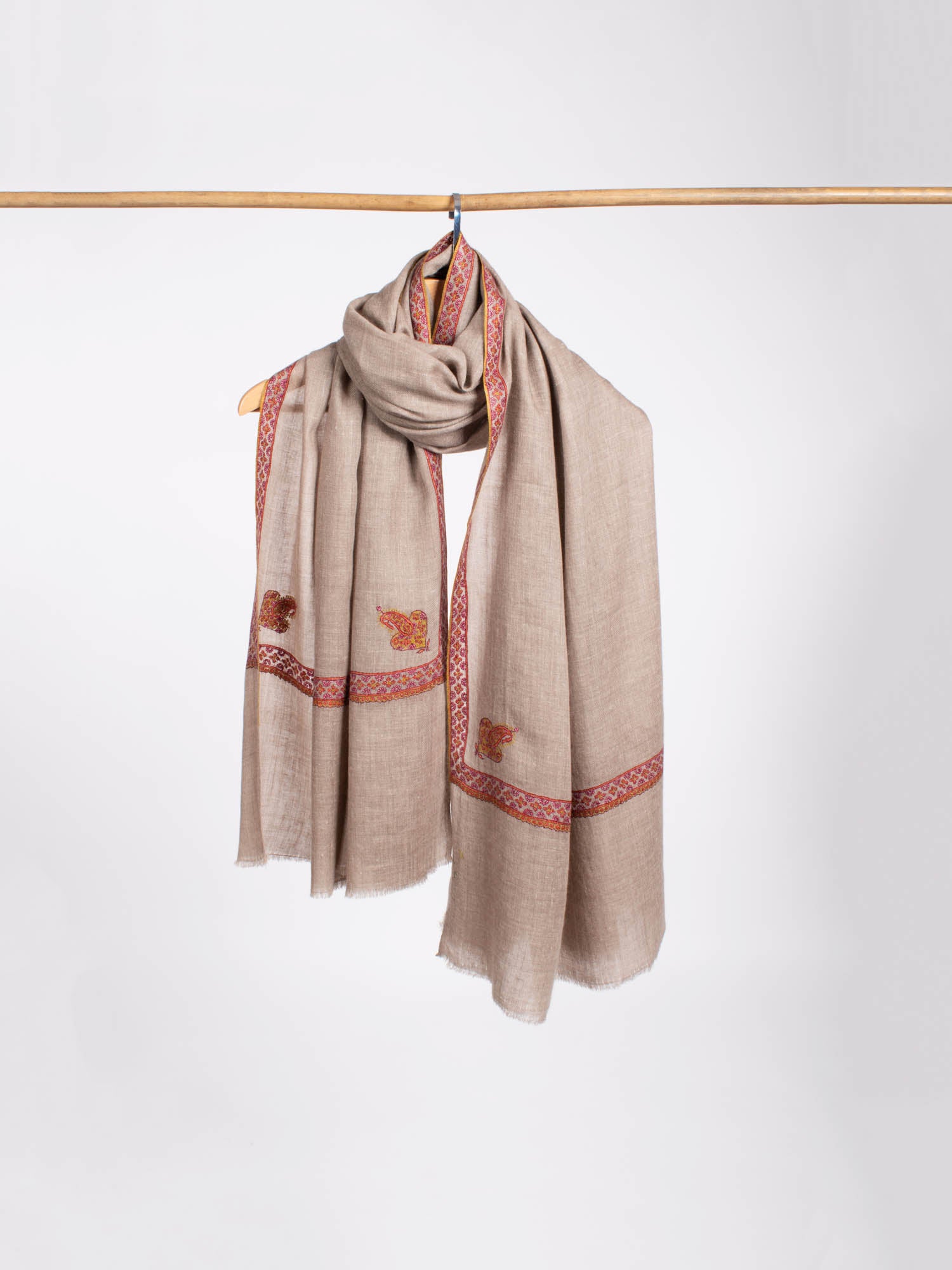
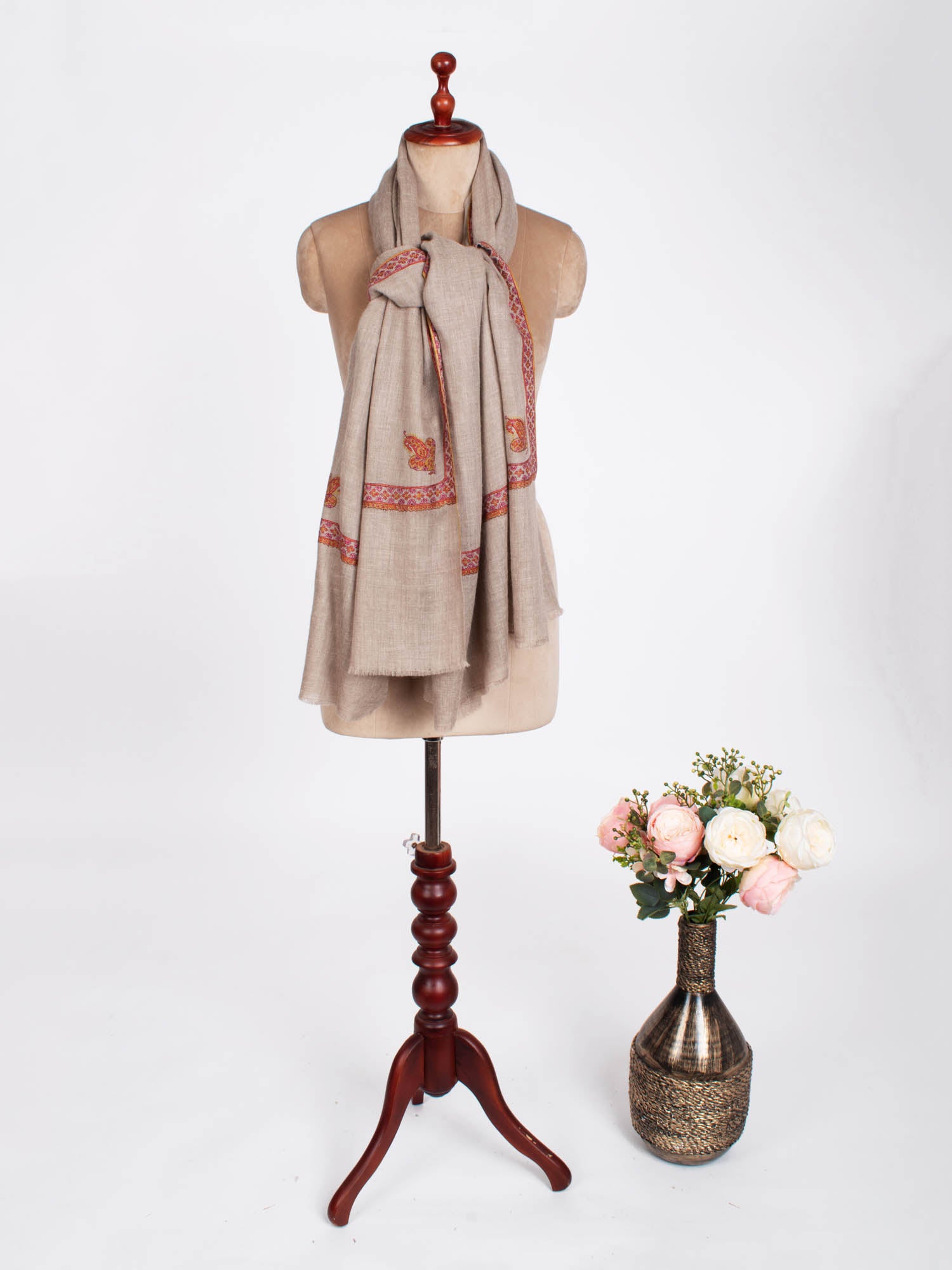
Leave a comment
This site is protected by hCaptcha and the hCaptcha Privacy Policy and Terms of Service apply.